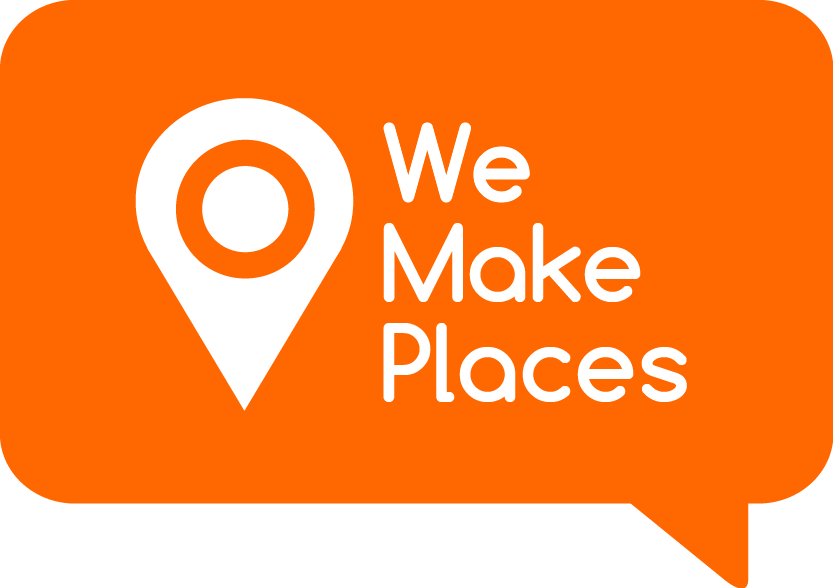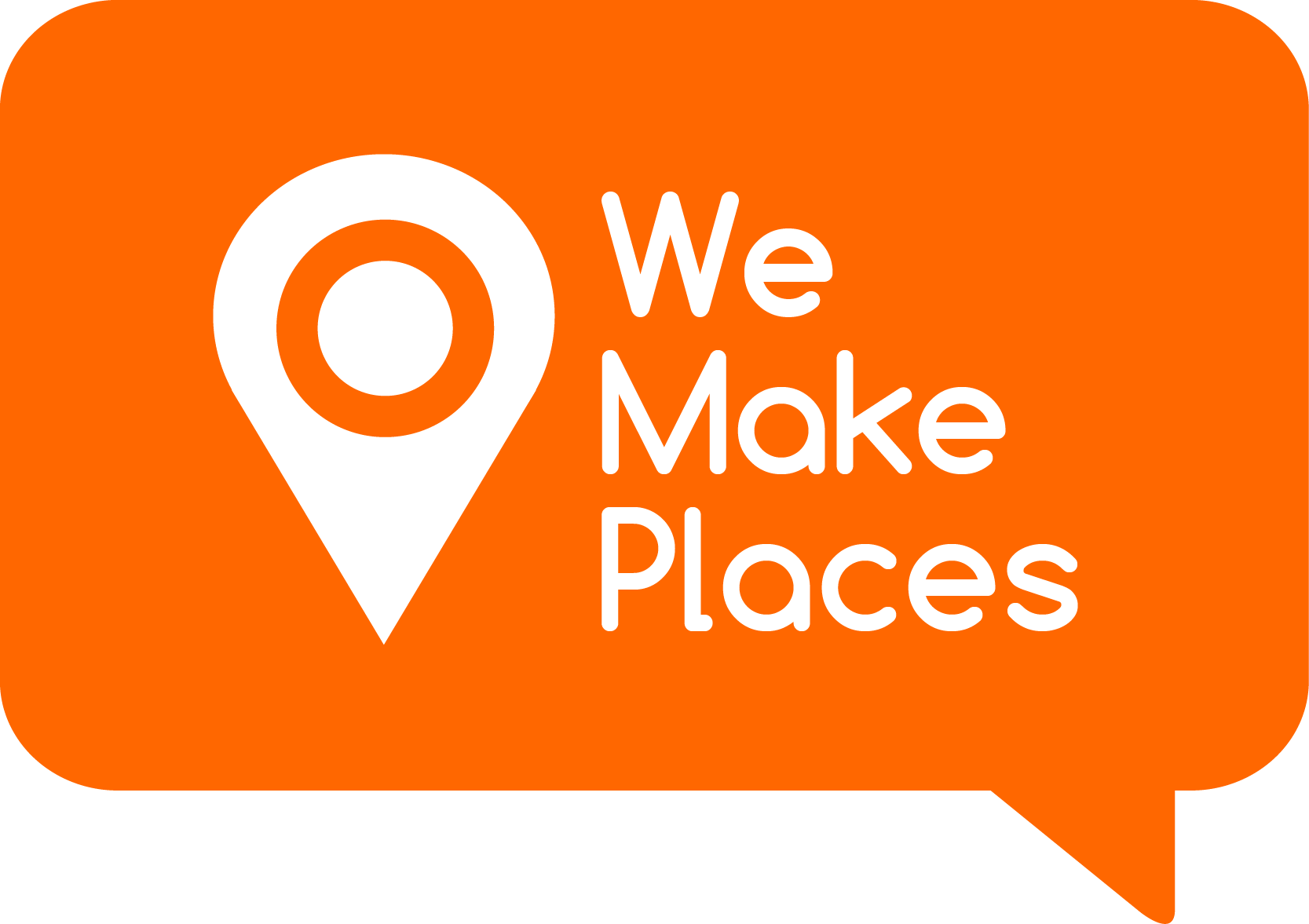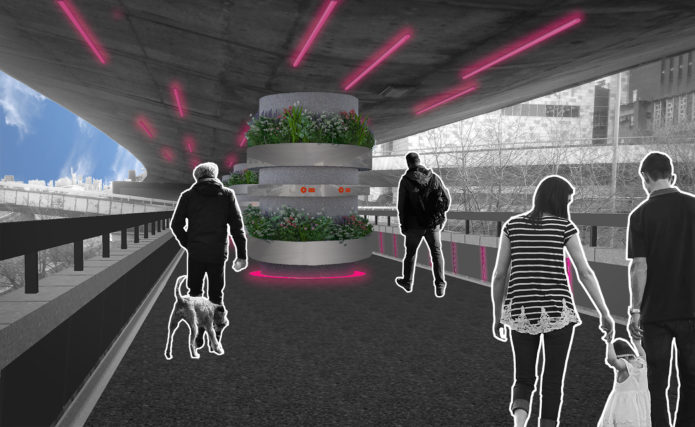Whilst the outcome from the structural investigations into the Churchill Way flyovers is awaited, we gave an update to a local newspaper about the proposals that the Friends of the Flyover have been working on for the space and what the uncertain future may hold.
Our CEO Kate Stewart said “We Make Places have always advocated for shared use of The Flyover and for its alternative use as public space if traffic is taken off The Flyover completely. The original Friends of the Flyover proposal was a response to a Council vision to redirect traffic away from the structure. Recent discoveries as part of the council’s statutory PTSI process have led to the current closure whilst more structural investigations take place. It’s logical to assume that there could be a number of outcomes from this and we hope that one of the options being considered is that if it is no longer viable for the structure to carry traffic, what alternative uses could it safely be put to.”
Since holding a series of community and cultural events on Churchill Way in 2016, we have been working away in the background to explore the feasibility of a large-scale renewable energy scheme powered by solar panels, along with gaining planning permission for a making and construction learning facility that could see local citizens have a part to play in constructing new public space.
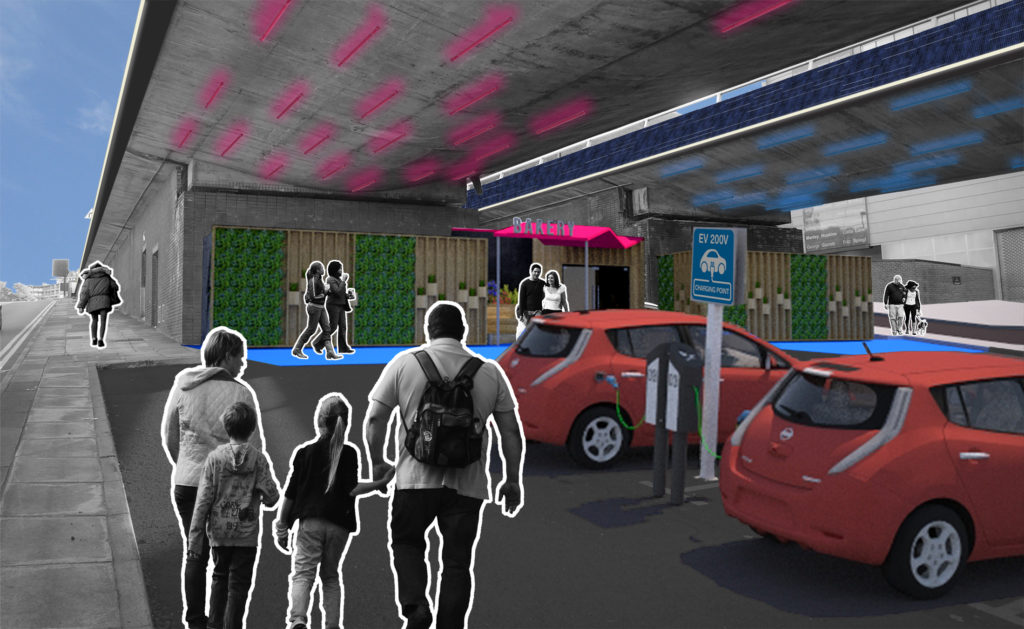
Friends of the Flyover parking intervention
With funding from the Department of Energy and Climate Change, We Make Places appointed local sustainable energy experts, engineers and an industrial designer to investigate the opportunity for generating clean energy from the sun. With photo-voltaic solar panels based along the 700m edges of the 2 elevated roads, the project has the potential to generate 47,000KWh of energy annually. The intention is to provide power for new public realm lighting above and below the flyovers, on the walkways and also provide power for events, a classroom, workshop and charging for 16 electric vehicles. The installation is designed to be retrofitted to the existing structure without major intervention and would work with or without traffic on The Flyover.
Such a project would generate surplus power which could be sold to the neighbouring cultural buildings and local residents at a discounted rate to provide a revenue stream that We Make Places could use to support more cultural events and to subsidise the community learning programmes they currently offer locally through their Urban Workbench project. A bank of battery storage would provide the opportunity for clean energy to be stored and released at peak times when the national grid uses coal and diesel. Such is the potential of this proposal, that the consultants working on the project were approached by a number of potential investors which would mean less public sector capital input was required.
We Make Places had also been granted planning permission to construct a digitally-cut flatpack house (WikiHouse) beneath the Flyover, forming a central learning space for Urban Workbench, however red tape around the parking spaces then prevented us implementing this and our making and construction learning programme is currently based in West Everton. The original vision of basing it beneath Churchill Way would have enabled areas on and around The Flyover to be reclaimed as public space, with local people using their newly learnt skills to play a part in co-creating structures and furniture for a unique urban park and greenspace for Liverpool, including a community bakery proposed for the site.
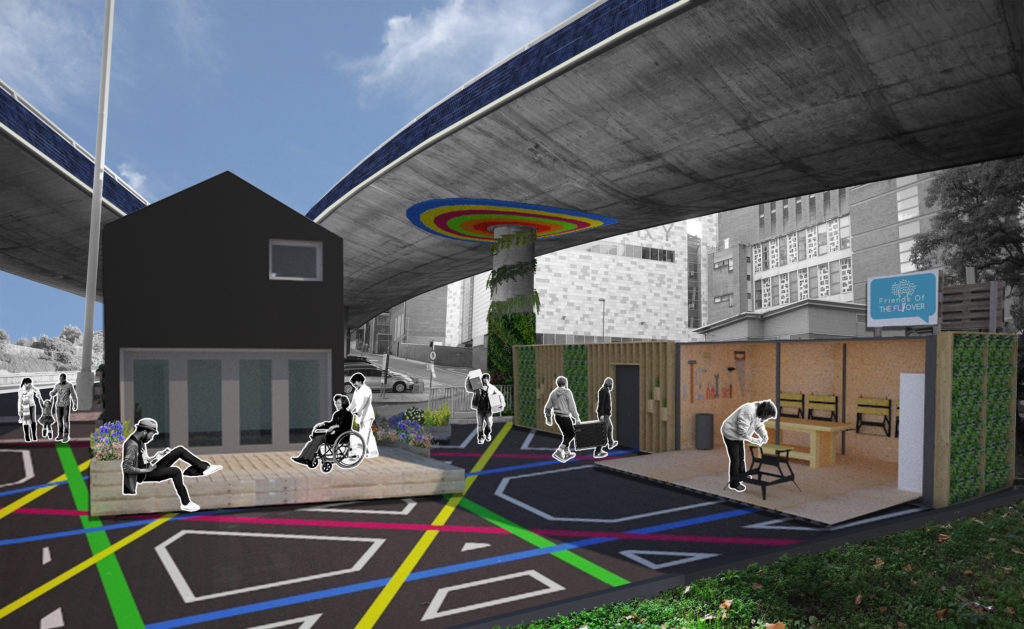
Friends of the Flyover learning facility: Wikihouse
Reflecting on the current predicament as we await the outcome of structural investigations of Churchill Way, Steve Threlfall Creative Director of Urban Workbench remains positive:
“Should the weight of continued vehicle traffic be a concern for safety in the long term, we would hope that the much-loved option of creating a safe and unique pedestrian and cycle friendly space would still be considered by the City Council and importantly that it has been one of the options their consultants have been asked to consider. The images we have provided to illustrate the solar power scheme show how the public experience can be delightful and safety in this space could be improved immensely. Even if traffic were to continue on the flyovers in the future, the solar power gives the city the opportunity to close these roads either permanently or on Sundays, hosting events and activities with ’free’ power on hand. Our previous cultural events on The Flyover have proven that this is a great space to spend the day even without permanent prohibition of cars.”
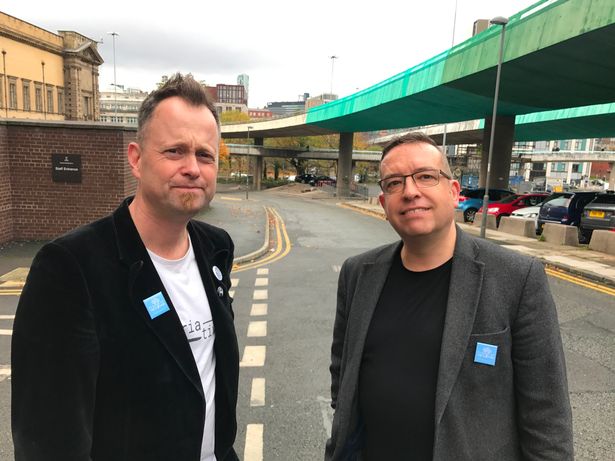
Steve Threlfall and Mark Bennett of Friends of the Flyover
We Make Places CEO Kate Stewart said:
“We have always offered to work in partnership with council officers and elected members to realise a community-led vision for this neglected space within the city. The recent developments mean we are back in dialogue with the council and hope to continue to be part of the conversation about the future of this part of the city. The Friends of the Flyover project continues to be written about throughout the world, as one of the most successful examples of rallying citizen-led vision and support for a public space project. This helped bring attention to Liverpool City Region and has led to the work of We Make Places around public space design and innovative and enduring community engagement processes being in demand globally as well as locally. At the present we are collaborating with strategic public, private and third sector partners in Japan and South Africa as well as working on a number of housing and community development projects in the north west.
We are ideally placed to continue to work alongside the Council to ensure that the citizens and communities we have already engaged with and continue to work with around the future of this area of the city are involved and that we collectively develop the best outcome from the current situation to realise not just some of the objectives of the City Council, but our residents, visitors and the Liverpool City Region too. We Make Places intends to remain part of a continuing dialogue in our city about a conversation we originally led on. Our vision for the area offers the potential to maximise on its ability to generate renewable energy, which is a key aspiration of Liverpool City Region, this project would meet this and a plethora of other objectives including green transport, culture and community engagement.”
As stated by a local newspaper Cllr James Noakes, Liverpool council’s cabinet member for highways, said he was willing to talk to campaigners about the park plans. He said: “We’ve said that all those options are all still on the table, mainly because we don’t know what those investigations (on the flyover) are going to tell us. When we get those investigations back we’ll be able to make a decision around what we should do with them. But we’ve got to make that decision in terms of what’s best for the area, what’s best for the travelling public, what’s best for the people who live and work around here. All of those different issues have to be taken into account.”

